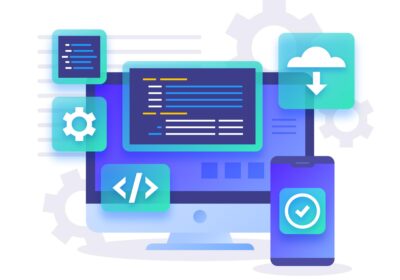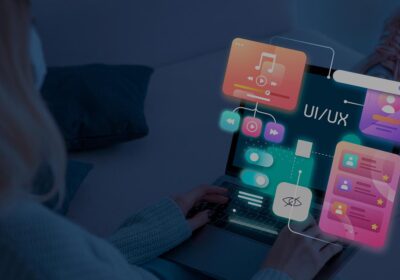Artificial Intelligence from what we’ve seen in movies is not exactly what we have recently started to see around us. Fortunately, we don’t live in a dystopian world where robots look like humans, and humanity is getting wiped out. We still wash dishes ourselves, and drive to work. The AI that sees humans as anomalies that need to be exterminated, and a Terminator-ish apocalypse is quite far away.
The AI, we know, is a technology that positively impacts consumers every day, and helps businesses provide a great user experience.
Times are changing
User experience is based on one single idea that a human is behind a brand/service. Thanks to the advancements in technology, times are changing now. There is no longer a need for a human to deliver that kind of experience. You won’t be getting lost now because there are navigational apps now. You won’t have to drag yourself to a restaurant to eat. The app will have your meal delivered at your doorstep.
While simple, these interactions or most of them are powered by a unique growing technology that is AI.
This doesn’t mean robots will soon take over the digital realm.
AI in UX Design
According to AI experts, designers can collaborate with AI technology to work wonders in UX design. “The Grid” is a great example. TheGrid.io features an online AI-based web designer that can help users design the content they provide. It’s particularly useful to non-professionals who want to create attractive and optimized websites.
The web app basically chooses multiple templates and tests them all to deliver the layouts that would make websites visually appealing. However, like almost every other AI-based technology out there, this web app was also met with a lot of criticism.
It’s not what the app does that matters. It’s the concept that we need to think about. If that concept and designers collaborate, the results would be very impressive. AI can be used to craft design tools that will help designers try out several design options or ones that can apply constraints to the designer’s storyboard and suggest template options for it. This will save a lot of time for designers, giving them more time to figure out something extra creative.
AI might even help designers come up with a UX that provides the richest experience in finest detail.
Designers can have AI do the heavy lifting
What a designer does requires a good amount of mental fortitude. Generally, they will have to design numerous variants of graphic content, just for a single project. That is a mind-numbing part of the job, and takes a lot of time. If AI can handle such tasks, the designer can focus more on the user journey to deliver a great experience. Netflix is a great example. They have algorithms that design movie posters with images of movie characters, and localized text.
Personalization with AI
Designers can assume that each user has specific needs. But it’s not very easy for them to design an interface that caters to users with different needs. AI, on the other hand, is capable of that – to help develop an interface that caters to a user’s needs.
Imagine an app that can increase font size and button size so it’d be easier for people with visual impairments to see, or a workout app that can recommend the right workout schedule depending on the user’s diet. This is possible if the UX designers collaborate with big data analysts and AI developers. Apps with similar features have already started coming out.
Interacting with users
Chatbot is the most popular trend when it comes to digital communication. The increasing numbers of messaging apps ended up establishing conversational digital marketing. Businesses have already started implementing it in their digital interfaces, just to reach users where and when they are active.
However, intelligent chatbots are still under development. They are going to be a powerful tool for businesses that deliver technical support services.
The To-Dos and Downsides
Now that we know what AI can do for UX design, designers should realize that they have their work cut out for them because harnessing the potential of AI in UX design is no simple feat. They will have to start from the basics of machine learning to understand how AI can analyze users’ behavioral patterns to constantly and consistently improve app interface. For this, they will need to rely on data analysts more.
As for the downsides, AI is a technology that relies heavily on data and patterns to figure out solutions. So there will of course be limitations. With machines starting to take over IT sector, experts have already started expressing concerns over the privacy of data. A business is going to have to invest a lot in AI even though the technology is still in its infancy, and that’s going to be a tough decision. Stakes are high but the results are tempting.
Nevertheless, AI will soon evolve to play a much more significant role in the near future in many departments, and not just UI/UX development. For a UX designer, the future looks a lot less stressful.





